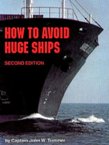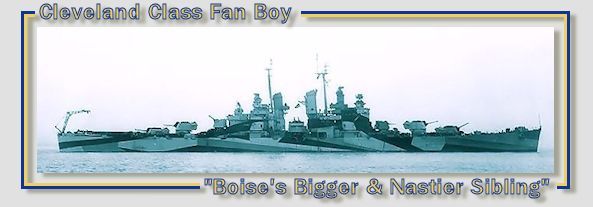crsutton
Posts: 9590
Joined: 12/6/2002
From: Maryland
Status: offline

|
quote:
ORIGINAL: Lokasenna
Going back to the comment about "Is it a mistake for the Allies to bring CVs to contest India?"... in Early 1942, absolutely a mistake. The Allies would be better served, strategically, with grabbing up and fortifying forward territory in the Pacific, which I think is what makes an Indian campaign so dangerous for Japan. I think extended SOPAC and Australian adventures are more productive in terms of time and space.
In any case, there are multiple things that make India/Bay of Bengal the most perilous place on the map for the USN CVs if Japan is going for India in Spring '42:
1) LBA - Aside from Colombo, and to an extent Calcutta/Madras, there are going to be no supporting airbases. By contrast, Japan will have Rangoon at the very least and possibly Port Blair - from which they can reach the entire Bay of Bengal with Nells, albeit without escorts... but they could still participate in a CV clash here.
2) Visibility - Allied recon in this area is very poor for the first year of the war. You would need to transfer many Catalinas here from the Pacific, and you would need to do so before you knew for sure that your opponent was coming for India. This is a gamble as there aren't enough Catalinas to cover the Pacific as it is in those early months, but I suppose you could stopgap with bomber units if necessary. But that has its own costs, particularly in training up your pilots.
3) Obvious point here, but CV aircraft quality disparity. Even if a lot of the prewar USN pilots are of very good quality, their planes aren't. And beyond quality, there is quantity: one big battle and, even assuming you achieve a draw, your SBD and F4F pools are really going to be hurting.
4) Movement. It's constricted, whether you're operating off the west coast of India because Japan already has Ceylon and is landing at Madras (or wherever), or within the Bay of Bengal. There's only one way to run. Lots of land, not so much ocean. Mavis units from Sabang (and Blair) can reach a very long ways, so cripples fleeing from a battle in the BoB will be at risk. And if you lose, having to run back to Ceylon... KB can burn that down, too. Depending on the timing, even MKB can punch through the British airpower in the region.
Obvert did the right thing with his CVs, IMO. I think China falls either way - whether Japan goes India or China with these units - so the middle of the Pacific is the consequence I find most interesting here. Granted, Obvert made his own choices to kick GJ out of India at this point, which will have their own consequences... but I think they will be less costly, in terms of strategic opportunity cost, than Japan going for India to begin with. Just my .02 on the whole thing (what to do with CVs is almost always a macro consideration).
What's the earliest you could get the USN CVs to the IO anyway? If Lex/Enterprise sail around Australia, they could probably make it to Ceylon by February sometime. Saratoga could sail to Panama to meet Yorktown at the end of December, and be in the IO in late February, perhaps?
Even with possession of Colombo, The island of Ceylon sets up a perfect trap for any Allied carriers operating in the IO. KB need only move to the Southern part of Ceylon to force a fight. Nowhere to escape. This is true of all Allied warships operating in the IO. Obvert moved for the Central Pacific. My only change is that I would move for the Solomons instead. Holding either Port Morsby, Rabaul or Lae/Nazdab is a tremendous thorn in the side of Japan. Allies need only to be in possession of one level 9 airfield and the Solomons are doomed sooner or later. Plus, you need not risk the Allied carriers much in this area. Allies need a solid base for LBA and the Central Pacific does not offer that.
_____________________________
I am the Holy Roman Emperor and am above grammar.
Sigismund of Luxemburg
|
 Printable Version
Printable Version

 .
. 














 ...these bastards torn my sweeping Georges apart (killing 13 of them for 5 Hellcats). The following day, a sweep of Hellcats south of Torokina got 30 A6M5s for 0 loss on their side... OUCH!!!!
...these bastards torn my sweeping Georges apart (killing 13 of them for 5 Hellcats). The following day, a sweep of Hellcats south of Torokina got 30 A6M5s for 0 loss on their side... OUCH!!!!




 New Messages
New Messages No New Messages
No New Messages Hot Topic w/ New Messages
Hot Topic w/ New Messages Hot Topic w/o New Messages
Hot Topic w/o New Messages Locked w/ New Messages
Locked w/ New Messages Locked w/o New Messages
Locked w/o New Messages Post New Thread
Post New Thread